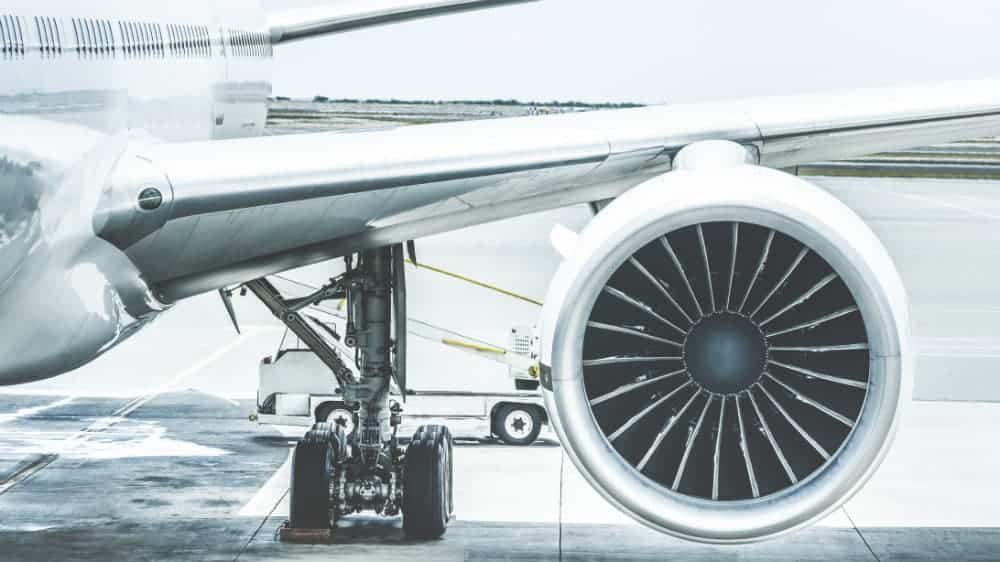Canada’s flag carrier was selected as one of TSX’s top 30 growth stock in 2019, because of 27 consecutive quarters of operating revenue growth. However, Air Canada (TSX:AC) nosedived following the coronavirus breakout. Fast forward to Q1 2022, and the airline company has reported nine consecutive quarterly losses since Q1 2020.
As of June 13, 2022, Air Canada trades at $18.91 per share, or 61% lower than its year-end 2019 price of $48.51. On a year-to-date basis, the loss is 10.5%. Buying the airline stock at its current price seems like a risky proposition, as a recovery remains in doubt. However, it should be attractive if the stock drops to $15.
Substantial improvement
In Q1 2022, the $6.44 billion airline company reported operating revenues of $2.57 billion, a 252.9% increase from Q1 2021. Its free cash flow (FCF) reached $59 million compared to -$1.16 billion from a year ago. Net loss improved to $974 million from $1.3 billion in the same quarter last year.
While total passengers carried increased 383.5% year over year, fuel cost per litre jumped 57.3% to $98.60. Michael Rousseau, Air Canada’s president and CEO, said, “The substantial year-over-year improvement in Air Canada’s first quarter results is clear evidence that a recovery is underway.”
Rousseau added, “The year began with weakness brought on by the Omicron variant and travel restrictions. However, we quickly rebounded in March with passenger volumes exceeding the strong December levels.” The passenger ticket sales in March 2022 were 90% more than the levels in March 2019.
Anticipating recovery
According to Rousseau, Air Canada anticipates a recovery. It will stay the course through key long-term projects to increase and diversify revenue and lower costs. Air Canada Cargo, in particular, is a significant revenue contributor. The program’s $398 million revenue during the quarter was 42% higher than in Q1 2021.
The cargo division expects delivery of two new Boeing 767-300 freighters as part of its expansion. Also, Air Canada hopes to derive savings from the renegotiated engine maintenance contracts over their remaining life.
Business outlook
For Q2 2022, Air Canada plans to increase its available seat miles (ASM) capacity by around 414% from Q2 2021. It should translate to 73% of the ASM capacity in Q2 2019. On a full-year basis, management plans about a 150% increase in 2021 ASM levels.
Air Canada is prepared to adjust capacity if needed or depending on passenger demand, public health guidelines, and travel restrictions globally. Factors like inflation and related cost pressures could prompt capacity adjustments.
Moreover, the adjusted cost per available seat mile (CASM) should remain 13-15% above 2019 levels. For 2022, management projects an annual EBITDA margin of around 8-11%.
For the expected results in 2022, Air Canada assumes a moderate GDP growth and the Canadian dollar trading at $1.26 per U.S. dollar (on average). Regarding jet fuel, the average per liter for the full year is $1.24. Meanwhile, Kiyo Weiss, Air Canada’s sales director for the Asia-Pacific, looks forward to increased demand for flights from Canada to the region by December 2023.
Return to profitability
A big recovery in travel demand should lift the airline stock tremendously. Air Canada will return to profitability eventually, although cost pressures (labour and fuel) are the thorns today.


